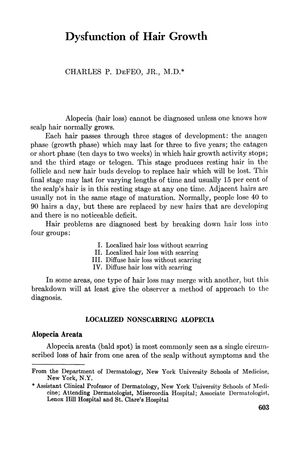TLDR Hair growth dysfunction involves various conditions with limited treatment options.
In the 1965 document, Charles P. DeFeo, Jr., M.D. provided a comprehensive overview of hair growth dysfunction, detailing the normal phases of hair growth and the daily average of normal hair loss. He categorized hair loss into four groups based on localization and scarring and discussed various forms of alopecia, including alopecia areata, which has a genetic component and varies in prognosis. The document also covered conditions like tinea capitis, trichotillomania, and alopecia mucinosa, emphasizing the need for accurate diagnosis and treatment. Additionally, it addressed scarring alopecias, bacterial infections, neoplasia, and diffuse non-scarring alopecia, noting the lack of effective therapy for many conditions and the potential for hair grafting in scarring alopecia. Drug-induced alopecia from various medications was explained, as well as postfebrile, postpartum, and congenital hair loss, with the latter having no available therapy. The document highlighted the importance of differentiating between hair conditions and the limited treatment options available at the time.
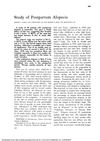 24 citations
,
May 1963 in “Archives of Dermatology”
24 citations
,
May 1963 in “Archives of Dermatology” Most new moms had their hair grow back within 4-6 months after childbirth, and hair loss is likely due to hormonal changes.
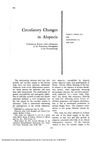 36 citations
,
November 1961 in “Archives of Dermatology”
36 citations
,
November 1961 in “Archives of Dermatology” The document suggests that the traditional understanding of hair growth cycles and alopecia may be inaccurate and that blood supply plays a significant role in hair growth and loss.
57 citations
,
December 1960 in “Archives of Dermatology” Steroid injections can help regrow hair in some alopecia cases.
186 citations
,
October 1957 in “A M A Archives of Dermatology” Alopecia mucinosa is a challenging condition with unclear diagnosis and treatment.
13 citations
,
January 1953 in “Archives of Dermatology” Certain unsaturated compounds can cause temporary hair loss by affecting hair structure.
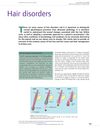 1 citations
,
December 2010 in “InnovAiT”
1 citations
,
December 2010 in “InnovAiT” The document concludes that accurate diagnosis and appropriate management are crucial for treating various hair disorders, which have significant psychological impacts.
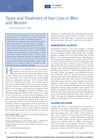 8 citations
,
January 2020 in “Plastic and Aesthetic Nursing”
8 citations
,
January 2020 in “Plastic and Aesthetic Nursing” The article concludes that different types of hair loss require specific treatments and psychological support is important.
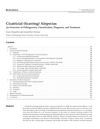 44 citations
,
April 2012 in “American Journal of Clinical Dermatology”
44 citations
,
April 2012 in “American Journal of Clinical Dermatology” Scarring alopecias are complex hair loss disorders that require early treatment to prevent permanent hair loss.
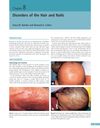 1 citations
,
January 2013 in “Elsevier eBooks”
1 citations
,
January 2013 in “Elsevier eBooks” The document reviews various hair and nail disorders, their causes, and treatments, emphasizing the need for proper diagnosis and the link between nail changes and systemic diseases.
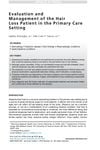 2 citations
,
October 2015 in “Primary Care: Clinics in Office Practice”
2 citations
,
October 2015 in “Primary Care: Clinics in Office Practice” Doctors should diagnose hair loss by examining the patient and possibly doing tests, and then treat it based on the type, which may prevent permanent hair loss.
